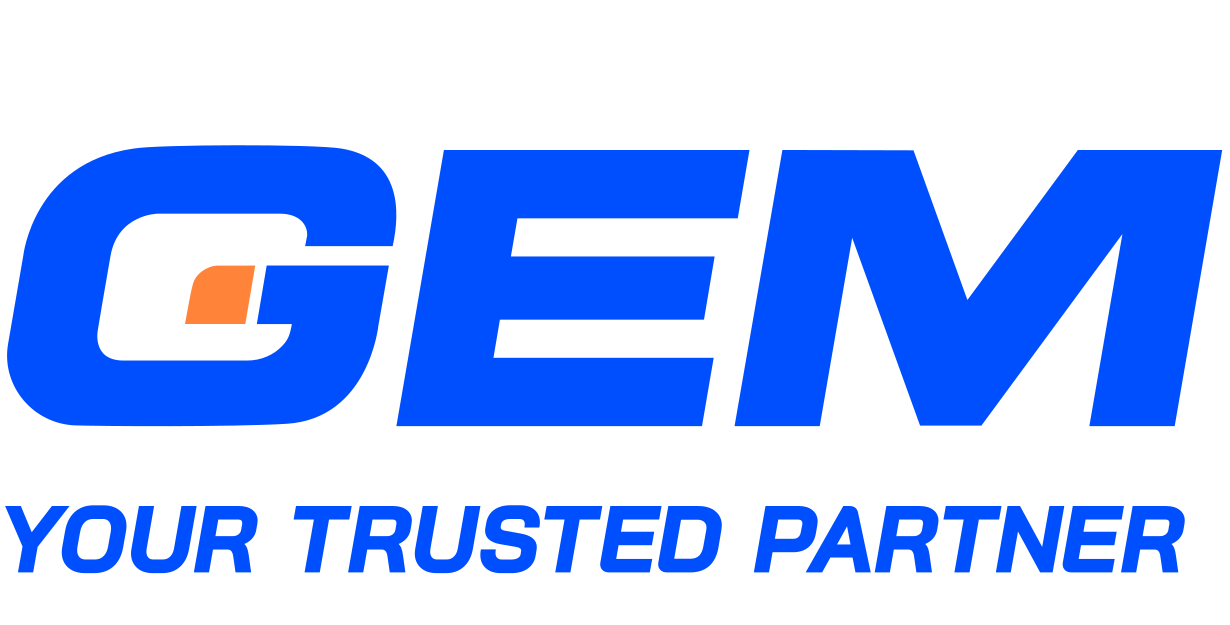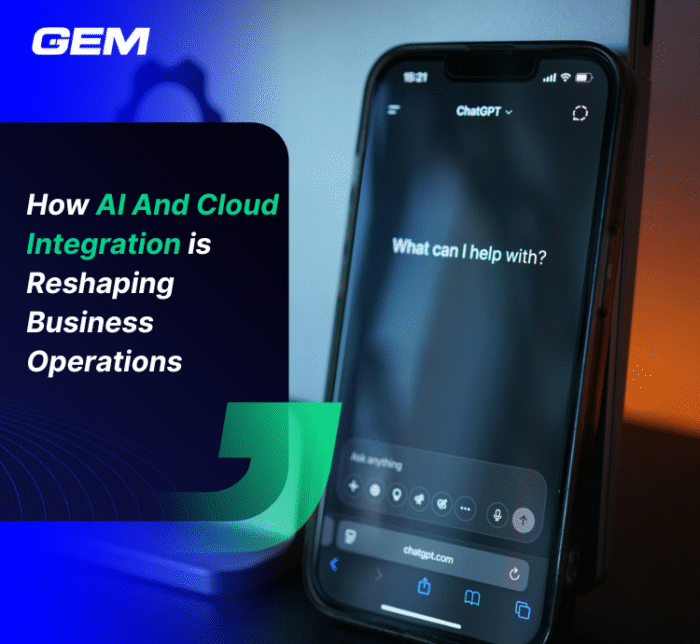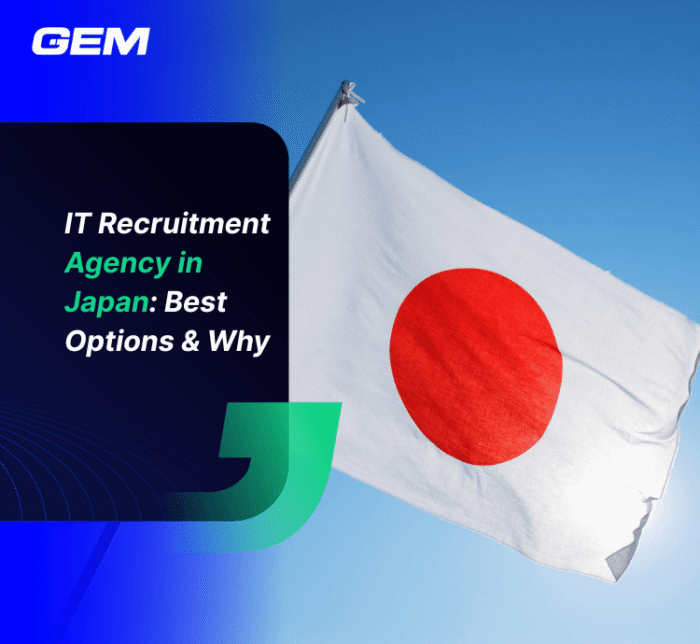Contents
- What is DevOps as a Service?
- DevOps as a Service Workflow Breakdown
- Benefits of using DevOps as a Service
- DevOps as a Service Business Impact: What Changes Across the Org
- Examples of DevOps as a Service
- How to Assess DevOps as a Service Companies?
- When DevOps as a Service Makes Sense
- When DevOps as a Service Doesn’t Fit
- Conclusion
DevOps as a Service is gaining traction as teams face growing pressure to ship faster without compromising stability. Instead of building and maintaining DevOps pipelines in-house, more organizations are turning to managed models that integrate delivery, operations, and monitoring into a unified workflow. This approach aligns tooling, automation, and expertise under one service layer – shifting how software gets built and released. In this article, we explore the structure behind DevOps as a Service, what it changes across teams, and how it impacts both delivery velocity and organizational control.
What is DevOps as a Service?

DevOps as a Service (DaaS) refers to a delivery model where the tools, processes, and infrastructure that support DevOps practices are offered as a fully managed service. Rather than assembling and maintaining a custom toolchain internally, organizations adopt DaaS providers to handle key stages of the software development lifecycle – code integration, testing, deployment, monitoring, and incident response – through cloud-based platforms.
This model shifts much of the operational burden to external teams, while giving internal developers access to streamlined pipelines, centralized observability, and continuous delivery capabilities. The goal is to improve consistency and speed across releases while maintaining control over governance and security configurations.
Adoption is accelerating across sectors. According to Fortune Business Insights, the global DevOps market size was valued at USD 3,709.1 million in 2018 and is projected to reach USD 14,969.6 million by 2026, with a compound annual growth rate of 19.1%. This growth signals not only an increased demand for automation and agility, but also a shift toward service-based models that abstract complexity in favor of scale and speed.
DevOps as a Service Workflow Breakdown

In a DevOps as a Service (DaaS) model, the entire software delivery pipeline is managed by an external provider. The workflow is structured to support continuous integration, automated testing, streamlined deployment, observability, and incident response, delivered through a unified platform or set of integrated tools. Below is a breakdown of the core components in a typical DaaS workflow.
Code Management & Version Control
The workflow begins with source code management. Developers push code to a shared repository (e.g., GitHub, GitLab), where version history, branching strategies, and access control are maintained. Most providers integrate code quality checks and policy enforcement at this stage.
Continuous Integration (CI)
Once code is committed, automated CI pipelines validate changes through unit tests, static code analysis, and artifact creation. This step ensures that all changes meet baseline requirements before moving forward in the pipeline.
Infrastructure Provisioning
Using Infrastructure-as-Code (IaC) tools like Terraform or CloudFormation, environments are provisioned automatically. DaaS providers maintain reusable templates and configurations to standardize environment setup across dev, staging, and production.
Continuous Deployment (CD)
Approved builds are deployed using automated workflows. Rollouts may follow canary, blue-green, or rolling strategies based on the organization’s release policy. Configuration management is handled through tools like Ansible, Helm, or built-in orchestration layers.
Monitoring & Observability
Post-deployment, the system is monitored for performance, availability, and error rates. Integration with observability platforms (e.g., Datadog, Prometheus, ELK stack) gives teams real-time insights into application health. Alerting mechanisms are set up to flag anomalies or threshold breaches.
Security & Compliance Automation
Security is embedded throughout the pipeline. This includes vulnerability scanning, secret management, and compliance checks. DevSecOps practices are built into the DaaS model to meet regulatory and internal standards.
Incident Management & Feedback Loop
When incidents occur, the provider manages root cause analysis, rollback procedures, and service restoration. Feedback is logged and used to refine tests, deployment strategies, or infrastructure configurations, creating a continuous improvement loop.
This structured workflow gives teams a consistent, automated process to build, test, and release software, without managing the operational overhead internally.
Benefits of using DevOps as a Service

Adopting DevOps as a Service shifts key operational responsibilities to a managed provider, offering measurable advantages across cost, speed, and organizational focus. These are the main benefits organizations can expect from this model:
Lower Operational Costs
By outsourcing infrastructure management, toolchain maintenance, and automation setup, organizations can avoid capital expenditures tied to hardware and platform licensing. The model also minimizes the need for large, specialized internal DevOps teams, replacing fixed staffing costs with a more flexible service-based structure.
Stronger Cross-Team Collaboration
DaaS providers standardize workflows and centralize visibility across the development lifecycle. This structure promotes tighter alignment between development, operations, and QA teams, enabling shared accountability and faster decision-making. Real-time dashboards, integrated ticketing, and consistent deployment practices reduce miscommunication and manual handoffs.
Shorter Release Timelines
Automated pipelines, infrastructure-as-code, and continuous delivery frameworks built into DaaS platforms compress the time between code commit and production release. Teams can push updates more frequently, respond to market shifts faster, and reduce bottlenecks tied to manual testing or approval cycles.
Process Efficiency at Scale
Routine tasks, including test execution, environment provisioning, and deployment, are automated and optimized by the service provider. This frees up internal bandwidth and reduces human error across repetitive processes. As the system scales, performance tuning and resource allocation are handled without disrupting product teams.
Strategic Focus on Core Business
With infrastructure and DevOps operations managed externally, internal teams can concentrate on building features, improving user experience, and driving product innovation. This realignment shifts the organization’s focus from tool management to business impact, supporting faster growth and better resource allocation.
DevOps as a Service Business Impact: What Changes Across the Org
Adopting DevOps as a Service introduces structural and financial shifts that extend well beyond the engineering function. For executives, the impact is seen in how organizations deliver software, manage costs, and align cross-functional teams around delivery goals.
Faster Time-to-Market
With automated pipelines and pre-integrated toolchains managed externally, technical teams can shift focus from infrastructure setup to feature delivery. According to McKinsey, organizations that adopt mature DevOps practices report up to 20–30% acceleration in release cycles. DaaS models extend this benefit by removing internal bottlenecks such as environment provisioning and manual testing queues, enabling faster iteration and quicker response to customer needs.
Shift in Cost Structure
DaaS replaces upfront infrastructure investments and long-term licensing agreements with a service-based operating model. This transition from CapEx to OpEx gives finance teams more flexibility, allowing costs to scale with usage and business demand. It also reduces the need for large in-house DevOps teams, shifting fixed personnel costs to contracted service models and freeing up budget for product or growth initiatives.
Restructured Teams and Roles
Rather than maintaining siloed DevOps functions, DaaS promotes integration across development, QA, and operations through standardized workflows and shared observability. Teams can adopt a product-oriented structure with smaller squads owning full delivery pipelines, supported by external service layers. This decentralization simplifies coordination and encourages ownership at the team level, improving throughput without increasing organizational complexity.
Improved Cross-Functional Alignment
Because DaaS platforms offer shared visibility into deployment status, incidents, and KPIs, they create a common ground for engineering, product, and business leaders. This transparency supports better planning, faster feedback loops, and clearer accountability across departments. As a result, organizations see not only faster delivery but also tighter alignment between technical execution and business strategy.
Combined, these shifts position DaaS as a strategic lever for growth-stage and enterprise organizations looking to scale software delivery without expanding internal overhead. The model aligns speed, cost control, and cross-team collaboration in a way that traditional DevOps implementations often struggle to sustain.
Examples of DevOps as a Service

DevOps as a Service (DaaS) encompasses a range of models and providers that address different stages of the software delivery lifecycle, from consulting and automation to full lifecycle management. These services are designed to help organizations scale delivery pipelines, standardize operations, and shift operational responsibility to external providers.
Cloud Provider Services
Major public cloud platforms – AWS, Microsoft Azure, and Google Cloud – offer a suite of DevOps tools that can be configured as part of a DaaS model. These include CI/CD services (e.g., AWS CodePipeline, Azure DevOps, Google Cloud Build), container orchestration (e.g., Amazon EKS, GKE), and infrastructure automation. The value lies in native integration, scalability, and access to cloud-specific services, making them suitable for organizations already embedded in a single-cloud or hybrid environment.
Integrated DevOps Platforms
Platforms like GitLab and CircleCI provide end-to-end DevOps capabilities in a single interface. GitLab, for example, spans version control, CI/CD, security scanning, and monitoring, all tied to a unified workflow. These platforms offer a streamlined developer experience and are often used by teams looking to consolidate toolchains and reduce integration overhead.
Dedicated DevOpsaaS Providers
Companies such as DuploCloud and Harness deliver full-stack DevOps as a managed service. These providers abstract infrastructure complexity, enforce deployment policies, and manage compliance workflows, without requiring deep DevOps expertise from internal teams. This model is particularly effective for startups and mid-sized enterprises looking to accelerate delivery while maintaining governance.
DevOps as a Managed Service
In this model, third-party teams take ownership of the entire DevOps lifecycle, including pipeline configuration, monitoring, incident response, and infrastructure scaling. These services are often customized and tailored to specific business needs, making them a fit for organizations with complex environments or limited in-house DevOps capability.
DevOps Consulting Services
Consulting engagements focus on assessment and transformation, helping organizations define DevOps strategies, select tools, and redesign workflows. While not DaaS in the strictest sense, consulting often serves as an entry point for organizations preparing to adopt managed or platform-based DevOps delivery.
Security and Compliance Automation
Some DaaS providers specialize in DevSecOps, embedding security scans, policy enforcement, and compliance validation directly into CI/CD pipelines. This is particularly relevant for regulated industries where deployment velocity cannot come at the cost of risk exposure.
How to Assess DevOps as a Service Companies?

Selecting a DevOps as a Service (DaaS) provider requires more than technical validation. For enterprise and growth-stage organizations, the decision has long-range implications for delivery velocity, cost structure, and risk exposure. A structured assessment should look at five key dimensions: operational maturity, platform integration, security posture, service scalability, and alignment with business goals.
Delivery and Operational Maturity
Evaluate how the provider manages the full DevOps lifecycle, from infrastructure provisioning to release management. Mature providers offer standardized workflows, reusable automation templates, and built-in governance. Ask for evidence of their deployment frequency, change failure rate, and time-to-recovery benchmarks. These metrics serve as proxies for operational discipline.
Toolchain Integration and Flexibility
Effective DaaS providers support a wide range of tools – CI/CD engines, infrastructure-as-code frameworks, monitoring platforms, and container orchestration systems. Assess how well they integrate with your existing stack, including version control, ticketing systems, and cloud platforms. Lock-in risks arise when the provider’s toolchain is too rigid or non-extensible.
Security and Compliance Capabilities
Security must be embedded in every layer of the delivery pipeline. Review how the provider handles identity management, secrets storage, vulnerability scanning, and audit logging. For regulated industries, ask about compliance with industry standards such as SOC 2, ISO 27001, HIPAA, or GDPR. DevSecOps should be built into their reference architecture.
Scalability and Service Model
The provider must support your growth trajectory, technically and operationally. This includes autoscaling infrastructure, multi-environment management, and support for hybrid or multi-cloud deployments. Clarify the service model: Is it fully managed, co-managed, or self-service with support? Understand where the provider draws the line between platform responsibility and client ownership.
Transparency and Performance Reporting
Access to real-time data is foundational. Look for providers that offer transparent dashboards, clear SLAs, and structured reporting on deployment metrics, incident response, and uptime. Visibility into the pipeline’s performance helps product and engineering leaders make informed decisions.
Strategic Alignment
Finally, assess how well the provider understands your business context. This includes familiarity with your industry’s compliance needs, release cycles, and customer expectations. Providers that approach DevOps as an operational function, rather than a strategic capability, will struggle to deliver long-term value.
GEM Corporation is a globalIT service company that helps organizations modernize their digital infrastructure and speed up product delivery with customized IT services. With over 400 consultants and engineers, GEM serves various industries, including telecommunications, retail, manufacturing, and healthcare. Known for our agile delivery and award-winning execution, we support clients ranging from startups to Fortune Global 500 companies. Its teams specialize in cloud computing, AI, data, and software engineering, backed by ISO-certified processes and strong R&D collaborations.
As part of our Cloud Services portfolio, we offer DevOps services that streamline software release cycles, improve system stability, and align development with operational outcomes. These services are built to meet the evolving needs of modern product teams seeking scalable, automated delivery frameworks without adding internal complexity.
When DevOps as a Service Makes Sense

Limited In-House Expertise
Organizations without experienced DevOps engineers often turn to DaaS to access established toolchains, automation frameworks, and delivery pipelines without building them internally.
Fast-Growth or Early-Stage Companies
Startups and scaling teams benefit from shorter deployment cycles and infrastructure automation without the overhead of maintaining dedicated DevOps roles.
Cloud Migration or Platform Modernization
DaaS accelerates cloud adoption by embedding infrastructure-as-code, CI/CD, and container orchestration into transformation programs. GEM’s DevOps services, for example, integrate these practices to reduce deployment time and increase environment consistency.
Multi-Cloud or Hybrid Environments
Managing consistency across AWS, Azure, GCP, and on-premise systems requires standardization. DaaS providers offer unified pipelines and observability across environments.
Compliance-Driven Deployments
For regulated sectors, DaaS providers that embed security scans, policy enforcement, and audit trails into the CI/CD workflow help maintain compliance without slowing down releases.
When DevOps as a Service Doesn’t Fit
Mature Internal DevOps Teams
Organizations with established pipelines, infrastructure automation, and monitoring systems may not gain much from outsourcing. External platforms can duplicate efforts or fragment accountability.
Strict Data Residency or Security Requirements
In cases where data must remain on-premise or within specific jurisdictions, using external DaaS platforms may conflict with compliance mandates.
Highly Customized Toolchains
Some teams require deep integration with niche tools or proprietary systems that standard DaaS platforms don’t support. In these cases, internal DevOps remains the more adaptable option.
Low Release Frequency
For teams pushing updates quarterly or less, the overhead of a full DevOps pipeline may not justify the investment.
Conclusion
DevOps as a Service offers clear advantages for organizations seeking to streamline delivery, scale operations, or accelerate cloud adoption—particularly when internal capabilities are limited or fragmented. It fits best when aligned with business objectives, existing systems, and resource models. Where internal DevOps maturity is high or control requirements are strict, a managed approach may introduce friction. Operational fit remains the deciding factor. To explore how DevOps as a Service can align with your organization’s delivery goals, connect with GEM Corporation’s consultants today.




